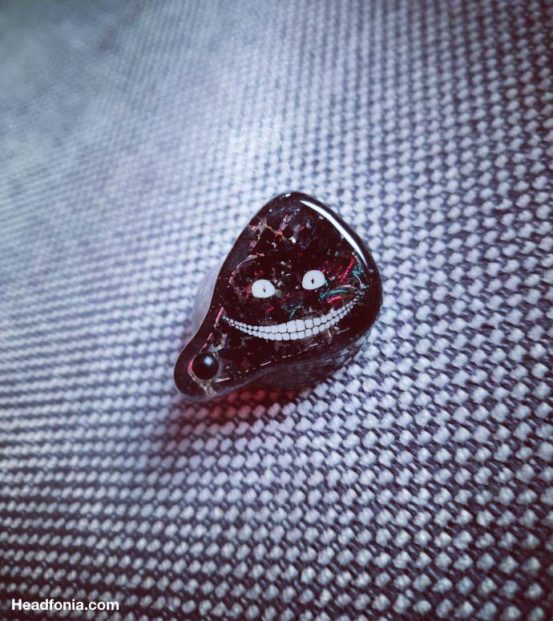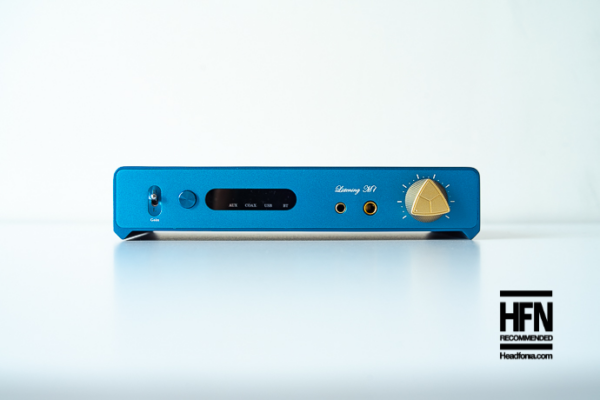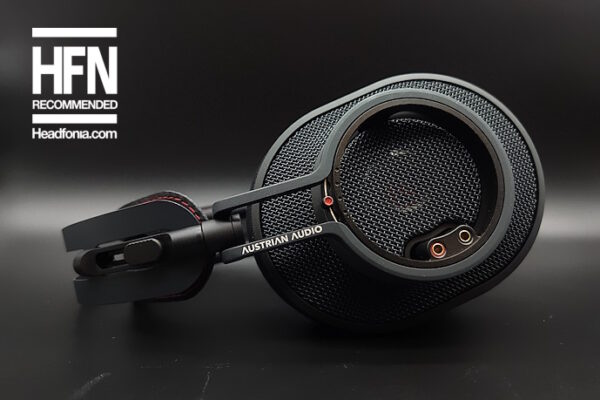Disclaimer: The Lime Ears Aether R was sent to us free of charge in exchange for our honest opinion in this review. The monitor is a custom one and doesn’t need to be returned. It sells for €1.200.
Lime Ears
Lime Ears is a Polish CIEM company that has been around for some years now. They started out working with professional sound engineers and musicians but have shifted their focus on the audiophile consumers a few years ago.
Emil already gave us a little history lesson about Lime Ears:
The company history is dated back to 2010 when, after graduating from the university (I’m a sound engineer by education) I was working as acoustic designer specializing in room acoustics of concert halls, cinemas and theaters as well as noise control in such places. I was an active bass player, performing with several rock bands. With one of them we started rehearsing in recording studios. With all instruments mic’ed up we used big over-ear headphones as our monitors. I was blown away with by clarity and quality of them. I started to be interested in in-ear monitors then. I looked around Google and found out about CIEMs. Back at the university I met Karolina who was an audiologist by education and had some prior experience in making the ear molds. I thought: why not to make the CIEMs then? After two long years of sourcing the materials, prototyping, attempts and fails to manufacture something useful I’ve got to the point when I thought that all this went so far that it should transform into a boutique company. We started Lime Ears as a duo in 2012. Slowly gaining recognition among Polish musicians, eventually we started gaining interest from the audiophile community around the world. Now, after five years of official existence, we’re working as a four-people team providing monitors for the majority of the Polish music scene, as well as getting more and more attention internationally from both professional musicians and the audiophile community.
Like I said, I have may years of experience in room acoustics and noise control. And regarding to CIEMs my biggest interest is the methods of tuning them by changing the size and shape of the path that sound is travelling to your ear from the transducer. Implementation of acoustic filters, lengths, shapes and diameters of the canals enables to squeeze out some new qualities even from widely-used transducers.
Aether
The original Aether which we reviewed back in October of 2015 has been Lime Ear’s flagship for a very long time. Before reading this review of the Aether R, I suggest reading up on the original Aether first. You can do so here:
The Aether won a Best of CIEM award back in 2015 as well. To quote myself:
“Aether is the kind of monitor that makes all types of music sound good, it’s engaging, has great imaging and sounds musical. The bass switch basically gives you two different sounding sets and that’s a great added feature. The overall sound signature is on the warmer side of neutral with a slight focus on bass and key characteristics are detail, depth and layering. For a 5 driver, it is sublime.”
The original Aether was a five driver monitor with a four-way crossover and a three variable-diameter bore design. Its name came from the fifth element (quintessence) that fills the entire universe and enables transfer of energy and information across them.
The logo of Aether (the triangle – see pics) was derived from early Slavic alphabet and it simply pictures the letters “AE”.
The Aether was/is loved by many and as such it’s no surprise that the Aether ended up in our recommended buy list. Does the revised version play at the same level? We’ll soon find out.

Aether R
So Lime Ears is back with an updated version of their flagship monitor, and the Aether now is called the Aether R. R for revised I suppose.
You can find the dedicated web page for this new model right here: https://limeears.com/aether/
The new Aether R now sports six balanced armatures instead of five, and features a four-way passive hybrid crossover. Of course we still have the switchable subwoofer double driver and the Aether R now uses the Lime Ear VariBore and TrueSub technology, developed for their Model X, that Linus reviewed here: https://www.headfonia.com/review-lime-ears-model-x-onion/ .
The switch still controls the lowest bass region (below 100Hz). You can use it to make changes depending on the listening level – to make use of the Fletcher-Munson law (for lower listening levels, bass can be boosted to make it better audible). Another use of the switch is to control the level and quality of bass in the recording (if the bass is well recorded, it can increase its strength. On the other hand, if the material is not properly mixed and lows are becoming boomy and get out of control, they can be trimmed down). And lastly the switch can be used to reduce external noise levels (if you are using your monitors in a noisy environment: airplane, subway, etc., where the low-end noise masks the lows, you might want to switch them up).
Lime Ears philosophy for building the Aether R is the following:
Our design goal was to create the feeling of a big, three-way far field monitor system with a regulated external subwoofer placed in a spacious, well acoustically treated room. We wanted the listener to experience everything the sound engineer had created in the recording, with a touch of top audiophile quality that would please users who avoid too technical sound but still look for real fidelity in their recordings.
The article continues on page two after the click HERE , or by using the jump below








SC
Thanks Lieven, wonderful review! I can’t read this review without wondering how this Lime Ears Aether R flagship compares to the other Polish flagship, the Custom Art FIBAE 7 (the review of which I think I also commented on, heh). They seem to share a lot of similarities: Both are in approximately the same price bracket, both are described as aiming for (and hitting) a natural/shades of neutral sound, both are somewhat spartan in terms of packaging and accessories but high in terms of value, customer service, and fit. Are there any comparison points that stand out to you between these two Polish flagships?